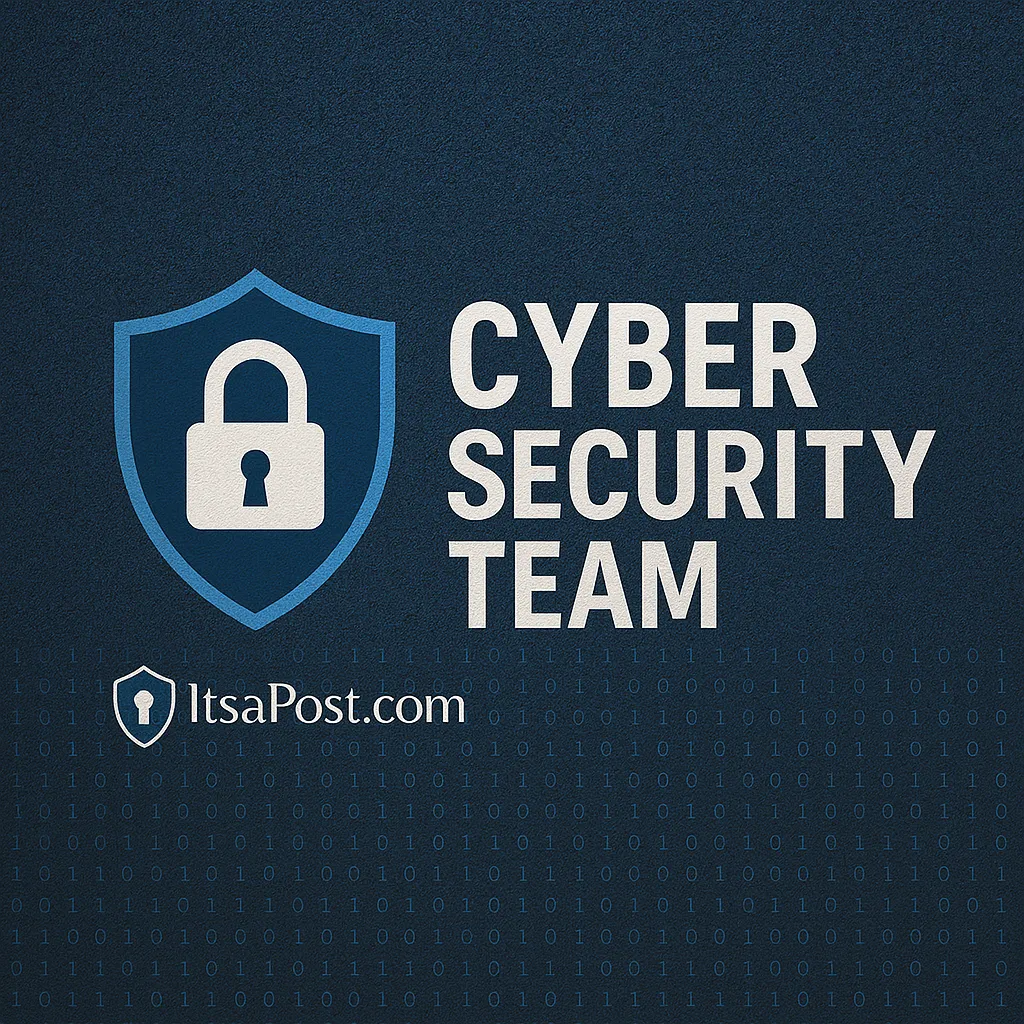Unlock Your Organization's Potential with Cybersecurity Maturity Assessments
In today's digital age, the complexity and frequency of cyber threats are on a relentless rise, making robust cybersecurity measures a non-negotiable aspect of any business operation. A Cybersecurity Maturity Assessment (CMA) offers a comprehensive method for organizations to evaluate their preparedness against these threats. This guide will explain what a CMA entails, its important benefits, and how you can implement it to fortify your organization.
What is a Cybersecurity Maturity Assessment?
A Cybersecurity Maturity Assessment is an in-depth evaluation to determine an organization's current level of cybersecurity readiness and capability to fend off cyberattacks. Unlike standard security analyses, a CMA provides a more detailed look at the practices, processes, and strategies that form the backbone of an organization's defense mechanisms against cyber threats (SentinelOne, CyberSec).
Why Conduct a Cybersecurity Maturity Assessment?
There are several pivotal reasons why an organization should consider conducting a CMA:
- Identification of vulnerabilities: It helps in pinpointing areas where an organization's cybersecurity measures may be weak or lacking.
- Resource optimization: By identifying critical vulnerabilities, organizations can efficiently allocate resources to areas most in need of improvement, ensuring cost-effective security enhancements.
- Strategic planning: A maturity assessment aids in the strategic planning and upgrading of cybersecurity policies and systems in line with industry best practices and compliance requirements.
- Stakeholder assurance: It provides stakeholders with peace of mind that the organization is actively managing its cyber risks appropriately.
Steps to Conduct an Effective Cybersecurity Maturity Assessment
Conducting a comprehensive CMA involves several critical steps, ensuring that your assessment is not only thorough but also actionable:
- Scope Definition: Clearly define what aspects of your organization will be assessed. This could include hardware, software, data management practices, and human factors.
- Current State Analysis: Evaluate the current cybersecurity practices and policies in place. This involves understanding the existing frameworks and measures that protect your infrastructure.
- Gap Analysis: Identify the gaps between your current practices and the desired cybersecurity maturity level. This step helps pinpoint vulnerabilities and areas requiring enhancement.
- Action Plan Development: Based on the gap analysis, develop an actionable plan that addresses identified weaknesses and aligns with best practices for cybersecurity.
- Implementation of Recommendations: Apply the strategic plan to improve cybersecurity measures across the organization.
- Ongoing Review and Adaptation: Cybersecurity is not a one-time task but an ongoing process. Regularly revisiting the cybersecurity maturity plan is crucial for adapting to new threats and changes in technology.
This structured approach helps organizations not only respond to current threats but also proactively prepare for future challenges.
Real-World Application and Benefits
Consider the case of a financial institution that implemented a cybersecurity maturity assessment following an increase in cyber-attacks within the industry. The assessment revealed significant lapses in their mobile security measures, leading to a targeted plan that closed these gaps and significantly lowered the risk of mobile-based data breaches.
Moreover, organizations that regularly conduct CMAs often report improved compliance with data protection regulations—a critical factor in maintaining consumer trust and avoiding legal repercussions.
Conclusion and Key Takeaways
A Cybersecurity Maturity Assessment is essential for any organization aiming to strengthen its cybersecurity posture. It provides a clear framework for evaluating the effectiveness of security practices and implementing robust defenses against cyber threats. By understanding and utilizing the steps outlined above, your organization can not only shield itself from imminent threats but also build a resilient cyber environment prepared for the challenges of tomorrow.

